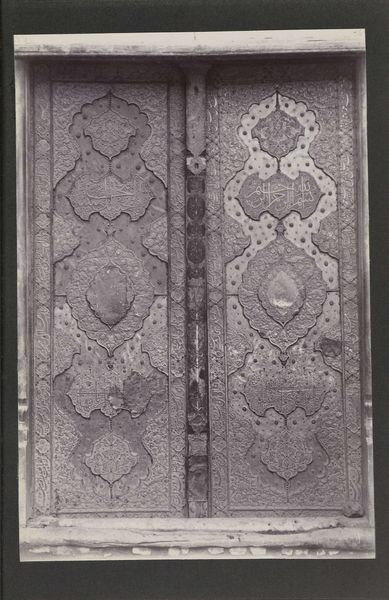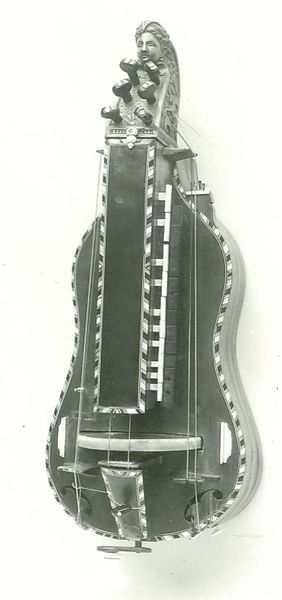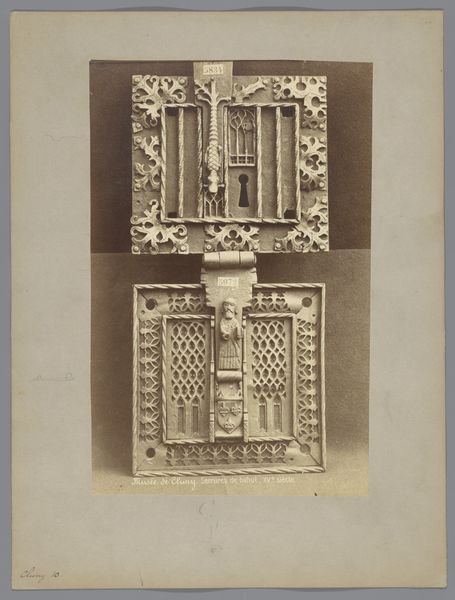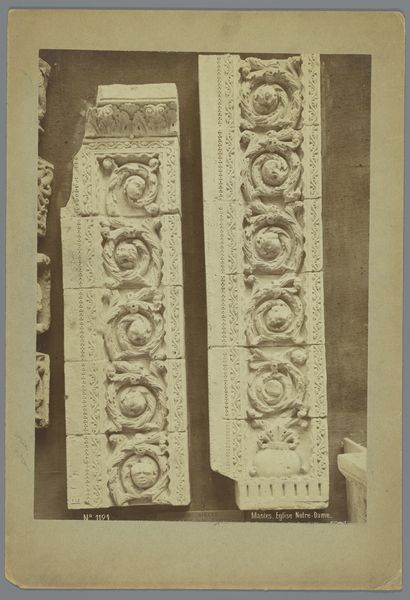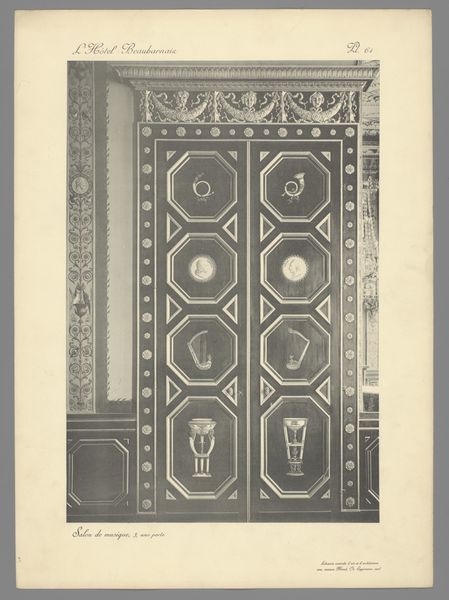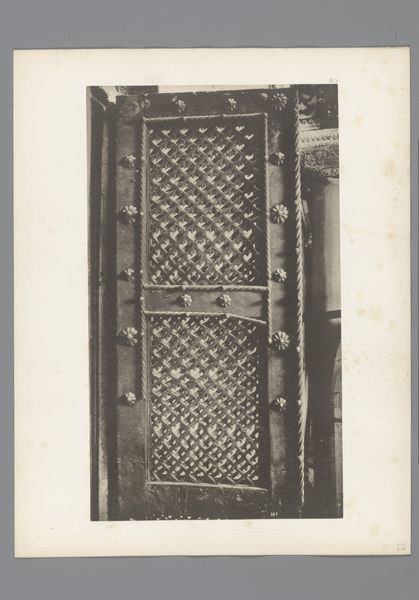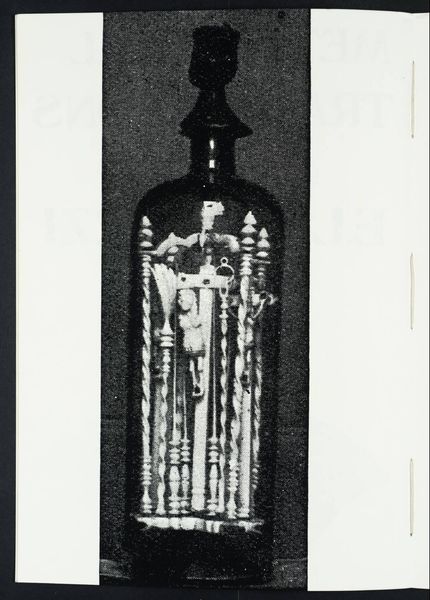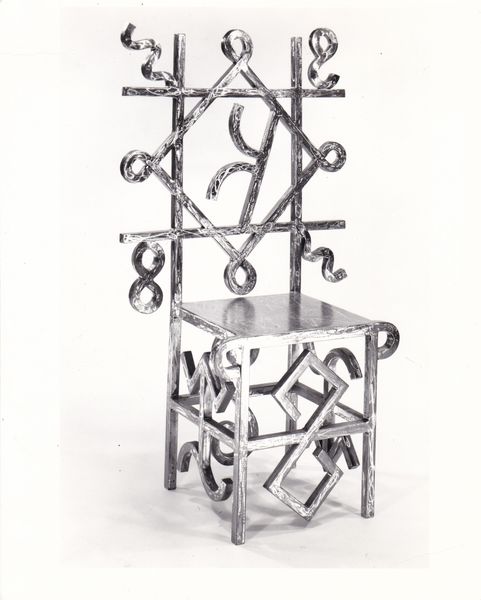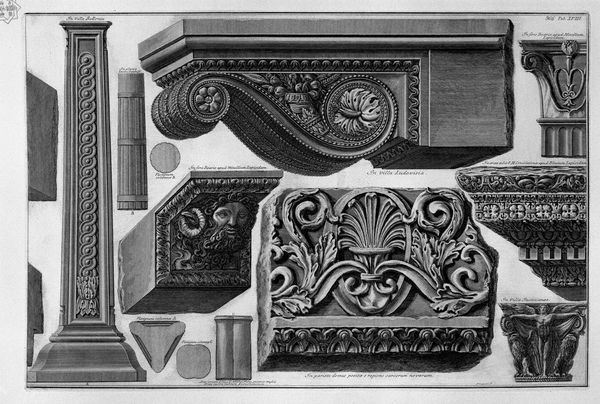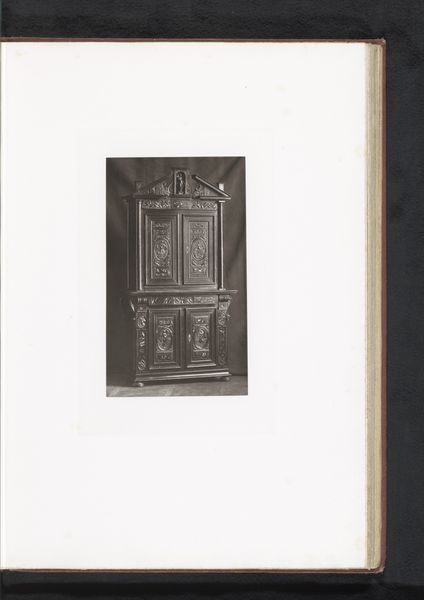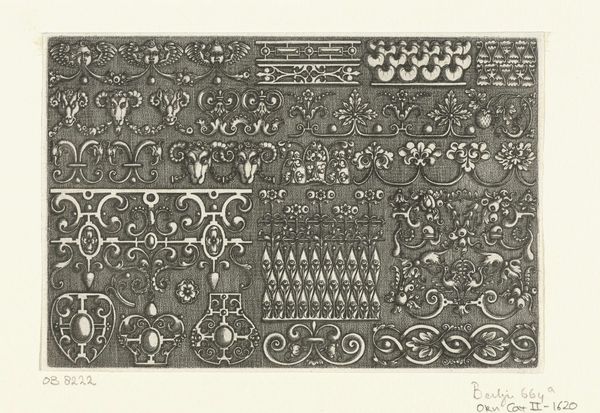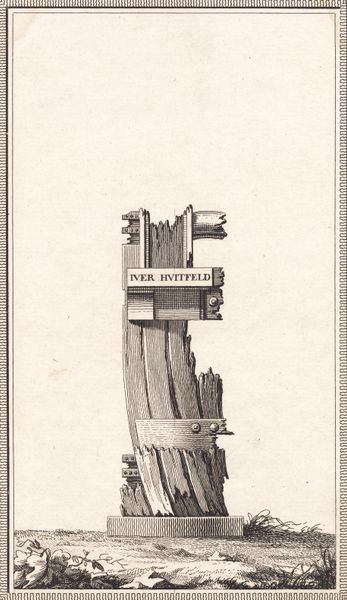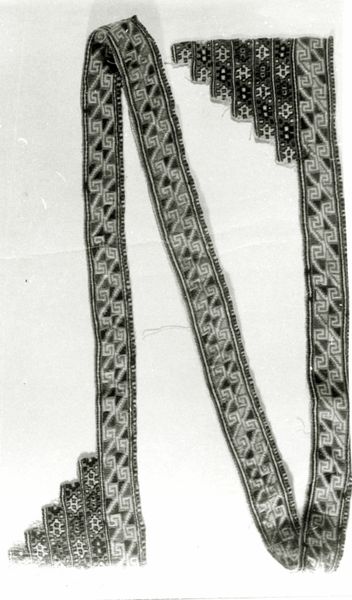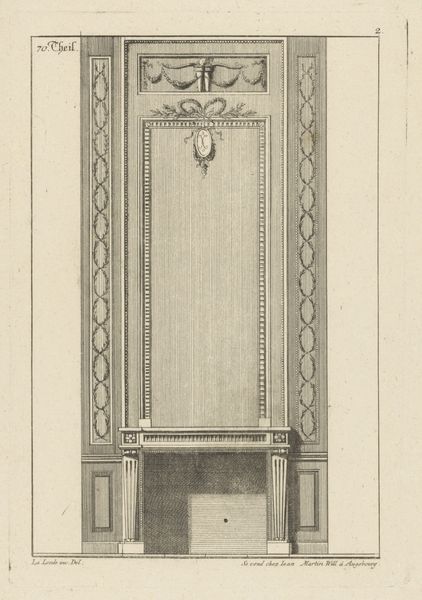
sculpture
#
sculpture
#
sculpture
#
musical-instrument
Dimensions: W. 12.9 x D. app. 14 x L. 40.8cm (5 1/16 x 5 1/2 x 16 1/16in.)
Copyright: Public Domain
Curator: Here we have what’s known as an "Accordion (Flutina)." It's dated to somewhere between 1850 and 1900. You'll find this instrument tucked away in the Metropolitan Museum of Art here in New York. Editor: Well, if it could speak… or rather, sing! It looks remarkably austere, almost severe, but I suspect it hides a playful soul inside. Like a stern headmaster with a twinkle in his eye, ready to break into a polka. Curator: The accordion emerged in the context of burgeoning folk culture across Europe in the mid-19th century, serving as a readily portable and quite democratized form of musical expression. Before, such complexity of music belonged in the upper classes of society. Editor: So, this was more than just an instrument; it was a symbol of something larger brewing. I wonder, was it a liberating sound for those who weren't typically heard? A boisterous emblem of shared community in towns and villages? It just makes me imagine families and whole villages playing together. Curator: Precisely! These instruments gained traction at fairs, weddings, and popular dances, reflecting an intricate mix of social mobility and regional identity at the time. There was even concern about how easy and loud the devices were—not always received as "cultural elevation." Editor: And I am noticing too that it almost feels sculptural; not something I would play, but ponder about… All those buttons and levers… Do you imagine it’s almost meant to be seen but not heard, perhaps a silent testament to all the music that used to be? Curator: Given the period, such instruments offer a potent lens to consider the intersection of art, music, and societal transformation. We often perceive folk instruments like simple curiosities, overlooking the intricate political narratives they represent. Editor: This “Accordion (Flutina)” seems to echo still... not just sounds of past performances, but whispers of shifting societies and long-gone harmonies. Curator: A fitting resonance as we conclude. Thank you.
Comments
No comments
Be the first to comment and join the conversation on the ultimate creative platform.
